As of Friday morning, the United States Elections Project showed that 7.9 million Americans already have cast early votes in the general election for president.
That count already constitutes 5.7% of the total turnout for the 2016 U.S. presidential election, and we still have 25 days until Election Day on Nov. 3. By comparison, about 75,000 Americans voted early with a month to go in the 2016 general election.
“This phenomenon is both a function of the increased supply of early-voting options and the increased interest among voters to cast an early vote,” United States Elections Project administrator Michael McDonald, a University of Florida political science professor, told Reuters.
Just like with COVID-19, the early-voting numbers can help flatten the curve. Although a record turnout is expected, the increased number of early voters can help election officials manage the ballot influx and perhaps shorten lines at voting polls on Election Day.
The early-voting process is not flawless. NPR estimated that about 550,000 early ballots were rejected in the 2020 primaries, usually because they arrived late or lacked a valid signature.
At a time in the country when many have made up their minds on Donald Trump or Joe Biden long ago, sending an early ballot is a matter of convenience and/or safety. McDonald is predicting that a record voter total will be set this year, with about 150 million people or 65% of eligible voters, the highest rate since 1908.
William Howard Taft’s electoral college advantage was as heavy as his belly in that election, although he only captured 51% of the popular vote. Good thing those sorts of disparities are history.

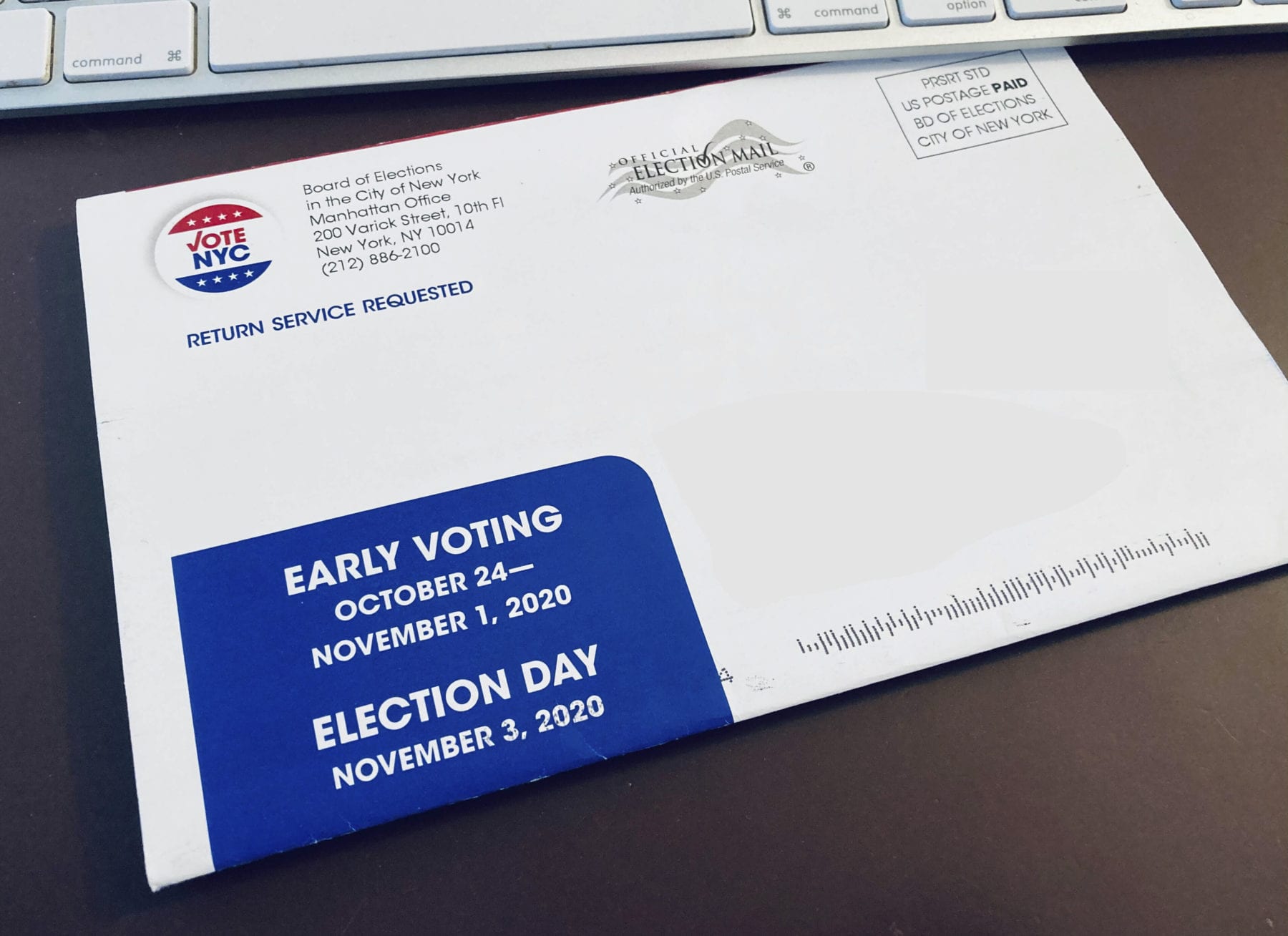


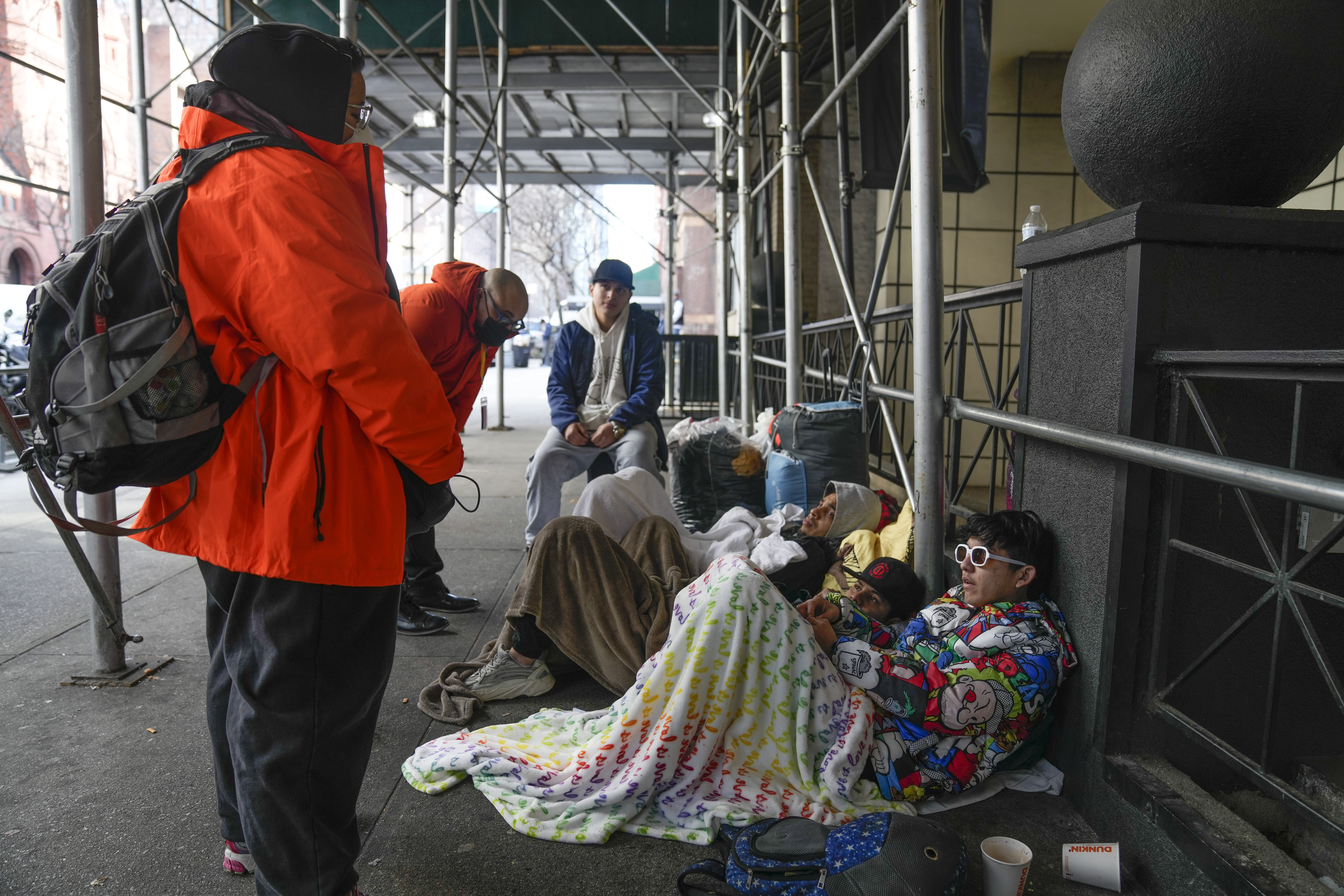

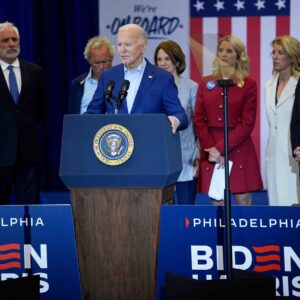

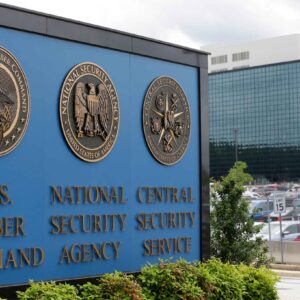

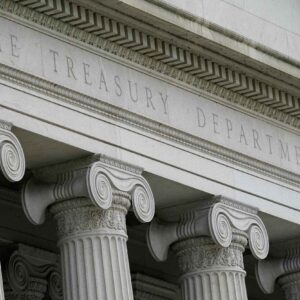







Add comment